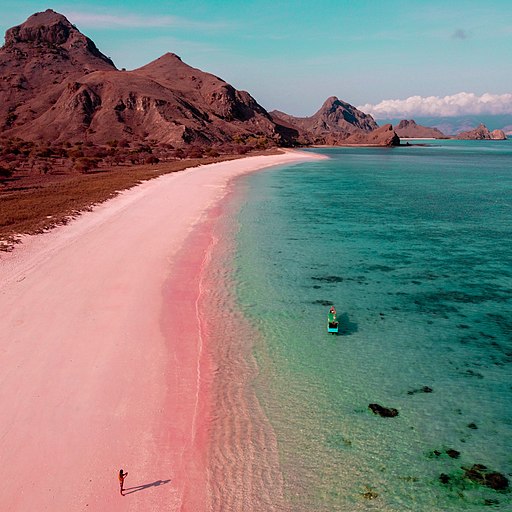Traveling has recently become one of the most popular activities for millennials. While visiting other countries has always been a dream for many people, the rate at which people are traveling has drastically increased within recent years. What may have been a short trip to Europe in the past has now become a worldwide excursion that everyone seems to desires. According to CNTraveler, a record-setting 80 million U.S. citizens traveled abroad in 2017. Although the numbers aren’t in yet for 2018, the numbers are expected to exceed previous year’s record. The number of international travelers around the world is likely to be in the hundreds-of-millions.
The rapid increase in the number of tourists is coming about for a variety of reasons. First and foremost, air travel is more prevalent and affordable today than it has ever been. It is possible to fly to Europe and back to the United States for under $500. This is true for several destinations. Another reason for the increase in tourism is the infrastructure that has been built in response to this trend. Accommodation, local transportation, roads, internet connection and several other forms of infrastructure and utilities have been developed in locations around the world to encourage more tourism.
Harms of Tourism
The growing tourism industry has to lead many people to worry about the harm that it may be causing. Over-tourism is a term that has been used to describe the negative effects of too much tourism. Similar to over-fishing, many people are concerned about the negative consequences resulting from too much tourism. In fact, a whole field of study has been launched into the effects that tourism has on certain locations and the world at large. This impact can be split into there main categories: sociocultural, environmental and economic impact.
Sociocultural Impact
In terms of a sociocultural impact, many people wonder how millions of visitors impact a local area’s traditional customs and culture. Introducing a lot of tourists to an area with a strong culture can end up harming the fabric of those traditions as outside influences will inevitably have an impact. Furthermore, many of these places will undergo significant changes in order to be more appealing to tourists. On the flip-side, tourism also helps to preserve certain cultural sites and customs. Countries that receive a lot of tourism will invest in maintaining their historic places and cultural heritage in order to encourage tourists to visit.
Economic Impact
The economic impact of tourism is also a double-edged sword. On the hand, some countries make a significant amount of money from tourism. This money can be put back into these communities to benefit the locals. As countries become more focused on tourism, however, other industries may be abandoned. There are some countries who rely primarily on tourism for a majority of their gross domestic product (GDP). While tourism brings in enough money for a majority of these countries, it is not the most sustainable or predictable source of income.
Tourism is often a balance between positive and negative outcomes. There are some definite advantages to the tourist market and some downside. Fortunately, there are many steps that can be taken to help curb the impact of over-tourism. Travelers can attempt to stay away from the most popular destinations and visit some lesser-known areas. Tourists can also be cognizant of where their money is going when spent in a foreign country. There are also many cities and countries ensuring that tourism within their borders doesn’t get out of hand.






